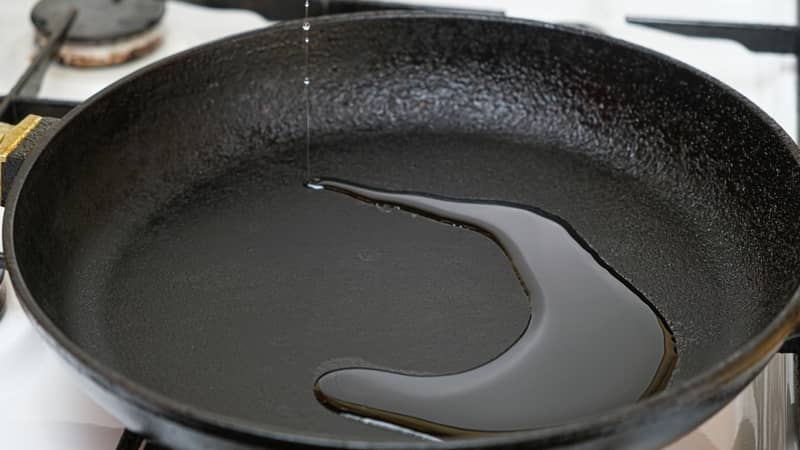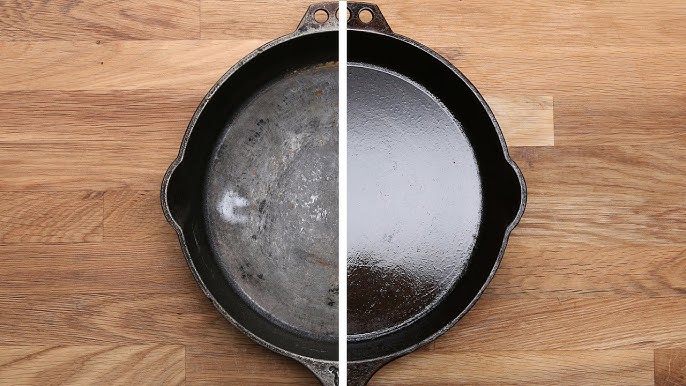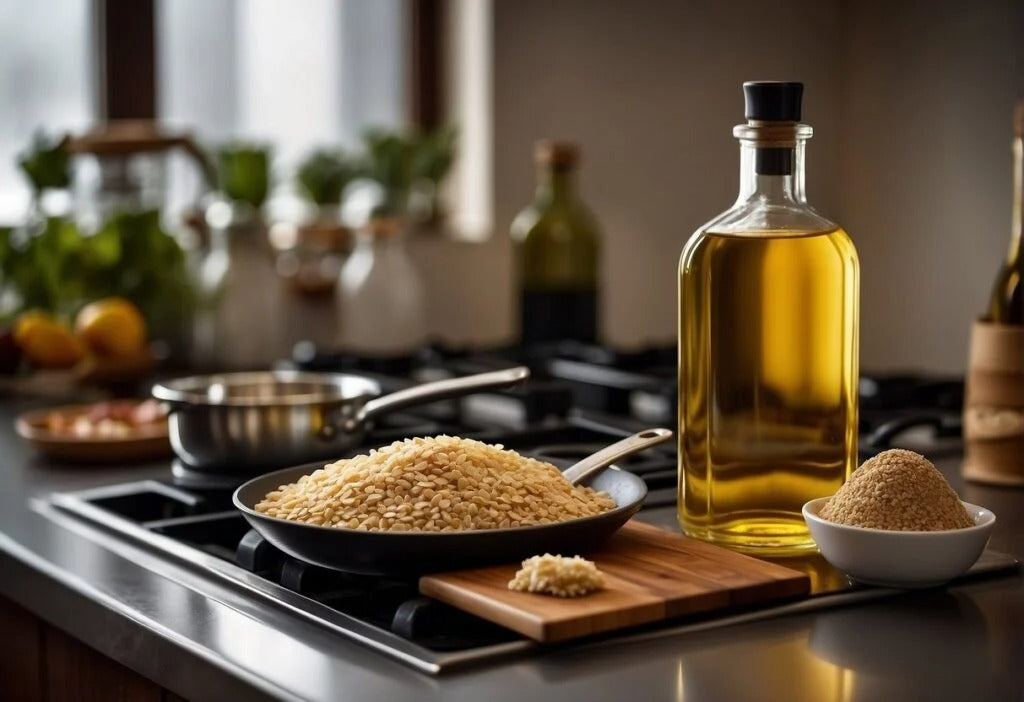Using cast iron cookware is a tradition cherished by many kitchen professionals and home cooks alike. However, a common issue that kitchen experts encounter is uneven seasoning in cast iron cookware. Knowing how to fix uneven seasoning cast iron is paramount in maintaining both the functionality and longevity of your beloved pans.
Before diving into the comprehensive solutions, lets briefly explore what seasoning is and why its necessary. The seasoning process not only creates a non-stick surface but also prevents rust and facilitates even cooking. When the seasoning layer is inconsistent, it can affect how food cooks and might lead to sticking or uneven browning.
:max_bytes(150000):strip_icc()/GettyImages-614986450-2000-f7ac499e535845c2903ff48843e0b142.jpg)
The Importance of Proper Seasoning
Understanding the significance of appropriate seasoning is crucial. A well-seasoned pan can enhance the flavors of your dishes, making it an indispensable tool in any kitchen. Without a proper seasoning layer, the food can burn or stick, leading to frustration and wasted ingredients.
In particular, for professional chefs and culinary experts, using beautifully seasoned cast iron cookware ensures high-quality presentations and flavors. It is essential to recognize the signs of uneven seasoning early to address the issue promptly.
Identifying Signs of Uneven Seasoning
Some of the common indicators of uneven seasoning are:
- Flaking or peeling seasoning - This can occur when oil isn't properly bonded to the iron surface.
- Dark spots or patches - These indicate areas where oil has accumulated unevenly.
- Sticky or tacky surfaces - This can result from applying too thick a layer of oil.
If you recognize any of these issues, it's time to take action and learn how to fix uneven seasoning cast iron.
Preparing Your Cast Iron For Restructuring Seasoning
To begin with, you must prepare your cast iron for the restructuring of its seasoning. Start by thoroughly cleaning the skillet using mild soap and hot water. Dry it immediately to prevent rust. Its important to note that while many believe soap should never touch cast iron, it can help eliminate the residual oil from uneven seasoning.
After cleaning, inspect your skillet. For any areas with rust, use a steel wool pad to scrub them off. Once scrubbed clean, rinse and completely dry the skillet before proceeding.
How to Properly Re-season Cast Iron
To re-season your cast iron cookware, follow these steps:
- Choose the right oil: Opt for oils with a high smoke point such as flaxseed oil, grapeseed oil, or canola oil. These oils will create an optimal seasoning layer.
- Apply a thin layer: Using a cloth or paper towel, apply a thin coat of your chosen oil to the entire surface, including the handle. Avoid excess oil, which can cause sticky spots.
- Bake the skillet: Place the oiled skillet upside down in a preheated oven at 450F (232C) for at least one hour. This ensures any excess oil burns off and helps form a hard seasoning layer. Learn more.
- Let it cool: After baking, allow the skillet to cool completely in the oven.
This process may need to be repeated several times to develop a solid, even seasoning.
Tips for Maintaining Even Seasoning
Once the seasoning is repaired, maintenance is key. Here are some tips to help maintain even seasoning:
- Cook regularly: Frequent use helps maintain the seasoning as it continuously bonds with the surface of the cast iron.
- Avoid acidic foods: Cooking highly acidic dishes can break down the seasoning layer.
- Clean properly: Avoid abrasive scrubbing pads; instead, use a brush or sponge with hot water and a bit of soap.
Handling Specific Case Scenarios
Kitchen professionals may encounter unique situations while working with cast iron. Below are a few case scenarios and how best to address them:
Scenario 1: Sticking Food
When food tends to stick, it could indicate that the seasoning is worn down or uneven. Following the re-seasoning process previously mentioned will help.
Scenario 2: Rust Formation
Rust can develop if cast iron is not dried promptly after washing. Ensure all moisture is removed, and reapply a thin layer of oil if rust occurs.
Scenario 3: Burnt Flavor
If you taste burnt residue, your seasoning may need a refresh. This may indicate the buildup of carbonized food particles trapped in uneven seasoning. Cleaning and re-seasoning is essential.
Conclusion
Knowing how to fix uneven seasoning cast iron is crucial for kitchen professionals seeking to enhance their cooking experience. With proper care and regular maintenance, your cast iron cookware can last a lifetime. Remember, the process of seasoning is an art that requires practice for perfect results.
For further information regarding the importance of seasoning or tips on cast iron cooking, refer to this article or here for related topics. Additionally, for cooking techniques using cast iron, check out this link.

Frequently Asked Questions
1. How often should I season my cast iron skillet?
It depends on how frequently you use it. A light seasoning touch-up after heavy usage is usually sufficient. Regular daily users may need to re-season once every few months.
2. Can I use steel wool on my cast iron?
Yes, steel wool is acceptable for removing rust and stubborn residue, but it should only be used when absolutely necessary, followed by re-seasoning.
3. What oils are best for seasoning cast iron?
Oils with a high smoke point such as flaxseed oil, canola oil, and grapeseed oil are ideal for achieving a smooth and durable seasoning layer.
As an Amazon Associate, I earn from qualifying purchases.






Leave a comment
This site is protected by hCaptcha and the hCaptcha Privacy Policy and Terms of Service apply.